detail profile arthur bauer
Peran Yang Di Mainkan Arthur Bauer
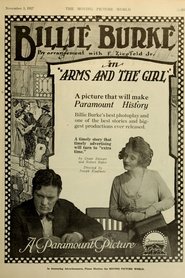 Ziegfeld Follies headliner Billie Burke starred...
Ziegfeld Follies headliner Billie Burke starred...Arms and the Girl 1917
Ziegfeld Follies headliner Billie Burke starred in a handful of silent films, of which Arms and the Girl was the second. Burke plays an American lass who journeys to Europe to be reunited with her fiance. Not only has her sweetheart been unfaithful, but she arrives on the continent just as World War I breaks out.
 The lead Florence La Badie plays...
The lead Florence La Badie plays...The Woman in White 1917
The lead Florence La Badie plays dual roles. Clever editing is used for the scene where her two characters meet. La Badie, however, does appear twice within a scene via superimposition, but that's in a flashback-within-a-mirror scene. There are a couple such scenes where La Badie's reflection in the mirror reflects her reflective melancholy mood.
 The production vindicated the new featurelength...
The production vindicated the new featurelength...The Vicar of Wakefield 1917
The production vindicated the new feature-length movie format by restoring several characters, plot complications, and atmosphere that had been truncated in Thanhouser’s 1910 version of less than one-sixth the length.
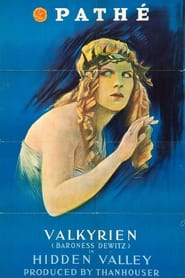 In Hidden Valley Valkyrien is a...
In Hidden Valley Valkyrien is a...Hidden Valley 1916
"In Hidden Valley," Valkyrien is a white goddess who has been captured by savage blacks in South Africa. She is found by a young missionary, played by Boyd Marshall, and rescued from a sacrificial altar. Valkyrien was selected as the most perfectly formed girl in Denmark in a competition conducted by the government. The dance of the white goddess before the natives is one of the most beautiful scenes in the production. The Moving Picture World, August 5, 1916
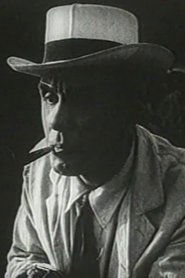 The advantage of having the endorsement...
The advantage of having the endorsement...John T. Rocks and the Flivver 1915
The advantage of having the endorsement of a prominent and wealthy citizen was thoroughly appreciated by the "Flivver" manufacturers, but try as they could, they were unable to accomplish it. John T. Rocks, the richest man in the world, had been approached by clever representatives of the motor car company, but he declared that he never had ridden in an automobile and never would. The Flivver Company had a rule providing for the prompt discharge of any of their employees who married if their salaries were under $1,000 a year, so when the young clerk who was earning only $800 was married, he was told that his services were no longer required.
 The Thanhouser Companys tworeel adaptation of...
The Thanhouser Companys tworeel adaptation of...The Picture of Dorian Gray 1915
The Thanhouser Company's two-reel adaptation of Oscar Wilde's eponymous novel. “The plot is unusual, and even though none of the familiar epigrams of the author find their way into the subtitles there is an artistic flavor to the production. Dorian's picture shows evidence in the passing years of his selfish, dissipated life, though his own countenance remains unchanged. Harris Gordon handles the leading role effectively, and Helen Fulton was pleasing as the ill-fated young actress who won Dorian's heart." - The Moving Picture World, July 31, 1915.


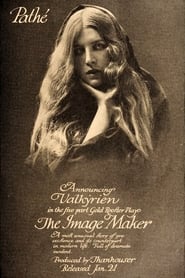

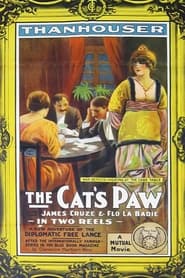 In this adventure the diplomatic freelance...
In this adventure the diplomatic freelance... Film realization of the Biblical story...
Film realization of the Biblical story...